While the incredible views and wide variety of recreational activities make Mount Diablo State Park a popular destination for adrenaline junkies, nature-enthusiasts, and history buffs alike, it’s also home to some quirky, fun things to see too. From geological phenomenon to creepy crawly creatures, here are five hidden gems you’ll be surprised to find on Mount Diablo.
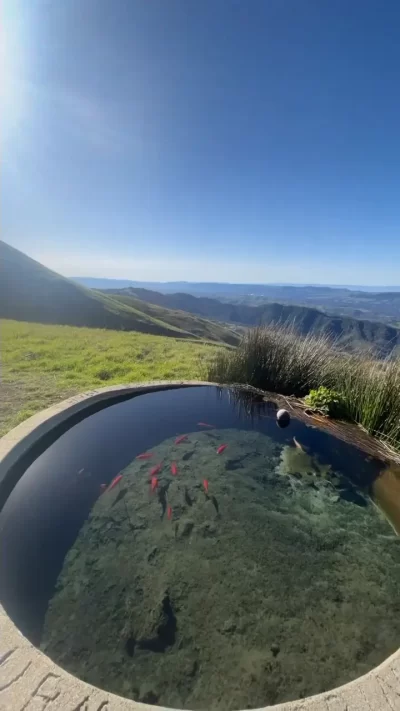
Photo Credit: @run_roam_reset
Giant Goldfish
There’s something fishy going on at Mount Diablo State Park, but it’s not what you think. Hikers, bikers, and equestrians who stumble on this watering hole full of giant goldfish located about 2,300 ft up Mount Diablo usually leave this local oddity with more questions than answers.
Located on the popular Burma Road fire trail, which offers access to the mountain’s summit, this man-made pond is stationed there for thirsty cows and other native wildlife. The goldfish, which have grown considerably over their years of residence on the mountain, offer a sustainable solution to keeping the water clean and free of pests. These goldfish eat algae that grows in the stagnant water, ensuring it remains clean and clear. They also eat mosquito larvae, effectively reducing the mosquito population and offering relief to both wildlife and human visitors alike.
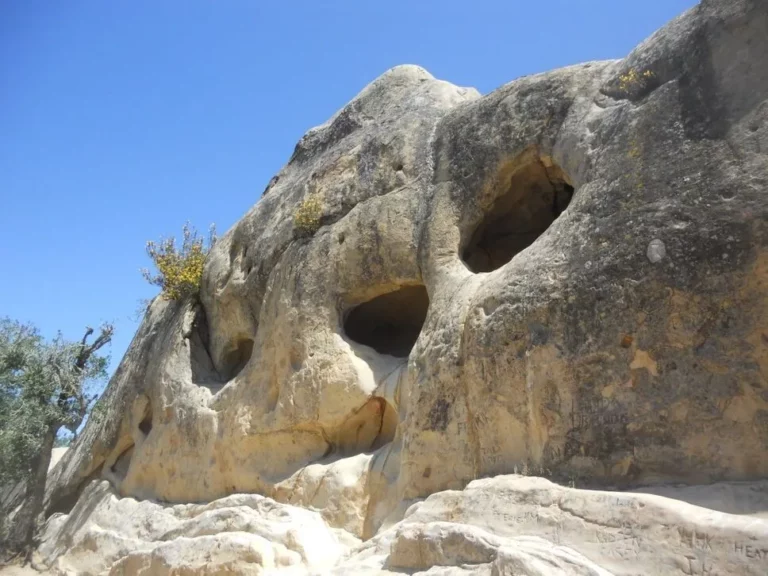
Wind Caves
Mount Diablo State Park spans over 20,000 acres of open space, but visitors are still surprised to find a park-within-a-park when they arrive at Rock City. Located just a few miles past the South Gate entrance, Rock City features picnic areas, massive rock formations and stunning views, but most importantly: unique, maze-like wind caves.
Although it may seem that these caves were man-made, they actually developed their unusual shapes over millions of years of erosion. Nonetheless, the caves are smooth to the touch and completely crawlable, serving as a natural playground for visitors.
For hundreds (maybe thousands) of years, Native Americans took advantage of these “soft” rocks by creating mortars in them and using them to grind acorns into a paste. Some mortars are still visible today.

Subscribe to our Newsletter!
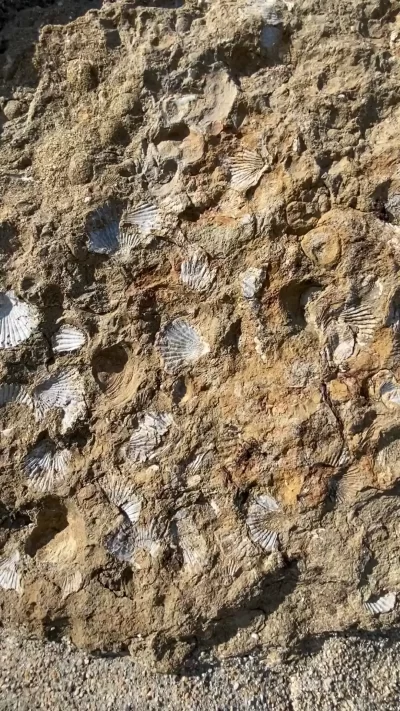
Fossils
The formation of Mount Diablo State Park occurred over millions of years of tectonic plate shifting, and the compression, buckling and folding of various layers of earth and rock. As a result, the mountain range is littered with outcrops containing fossils from various eras and ages.
Different fossils can be viewed by visitors at numerous areas within the park, like Sycamore Creek and Rock City. However, the easiest fossils to access can be found at the mountain’s Visitor Center. When the Visitor Center was constructed in the 1930’s, they used stones quarried from different parts of the mountain. When walking along the outside of the Visitors Center towards the Observation Deck, look at the walls closely to find fossils of shells, embedded into the rock tens of millions of years ago.
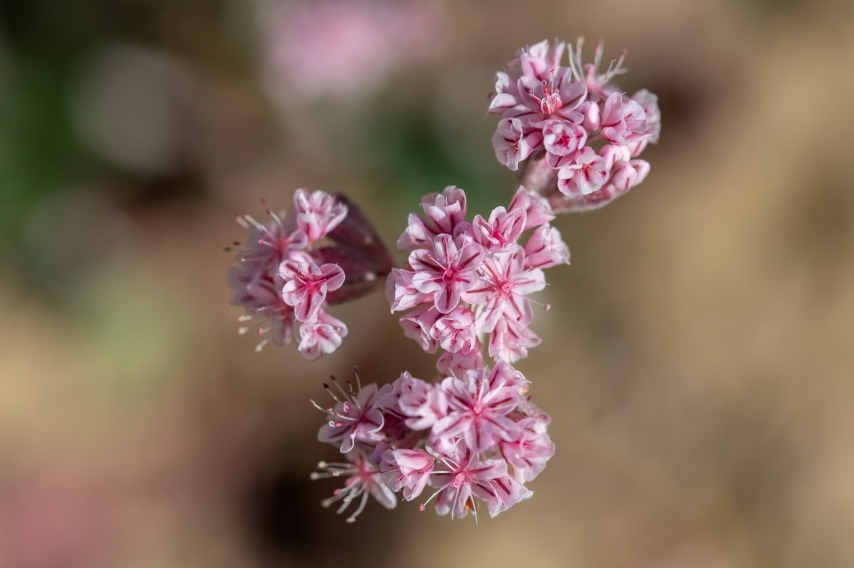
Above: Mount Diablo Buckwheat, courtesy of Save Mount Diablo
Rare Wildflowers
Visitors might be surprised to find that Mount Diablo State Park is home to over 150 wildflower species. In fact, Mount Diablo is one of the best places to go see wildflowers in the Tri-Valley, wearing patches of California poppies and purple lupines on its mountainsides every spring.
However, there are a few wildflower species that primarily grow or originated in the park. Two of the most popular species exclusive to this region are the Mount Diablo Buckwheat and the Diablo Sunflower.
The Mount Diablo Buckwheat is made up of small, delicate pink flowers and was feared to be extinct for several years, but was rediscovered in 2022 thriving in large numbers. The Diablo Sunflower is a member of the daisy and sunflower family and is a smaller, stouter version of what we consider regular sunflowers.

Download a Livermore Valley Wine Map!
Our FREE map includes over 50 local
wineries and tasting rooms.
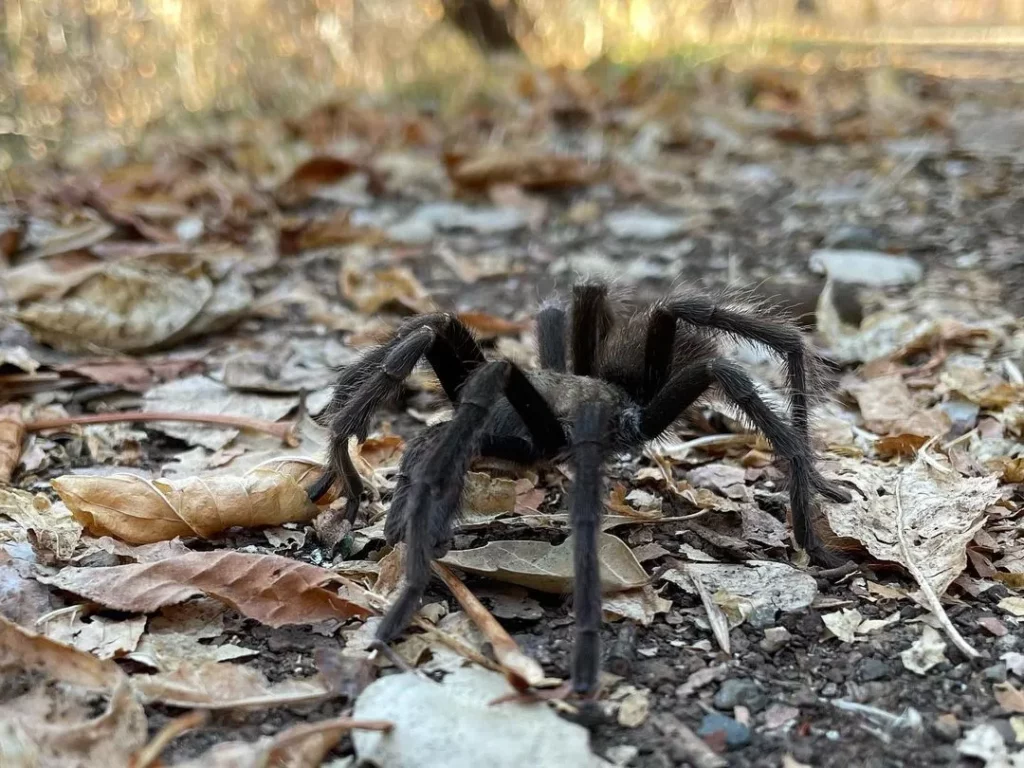
Photo Credit: @tashakuczynska
Tarantulas
The East Bay Area is ripe with these furry, eight-legged creatures that primarily live underground throughout the year; that is, until mating season. Every year between late August and October, countless young, male tarantulas make their way above ground in search of female partners. These gentle giants can often be seen wandering across roads, trails, and open spaces, especially during warm, sunny days.
When visiting Mount Diablo State Park in hopes of spotting these agile arachnids, make sure to keep a safe distance. They may appear intimidating due to their size and appearance, but they are generally docile and non-aggressive. Avoid touching or disturbing them. If you’re interested in photography, bring a camera with a telephoto lens to capture close-up shots without getting too close to the spiders.

